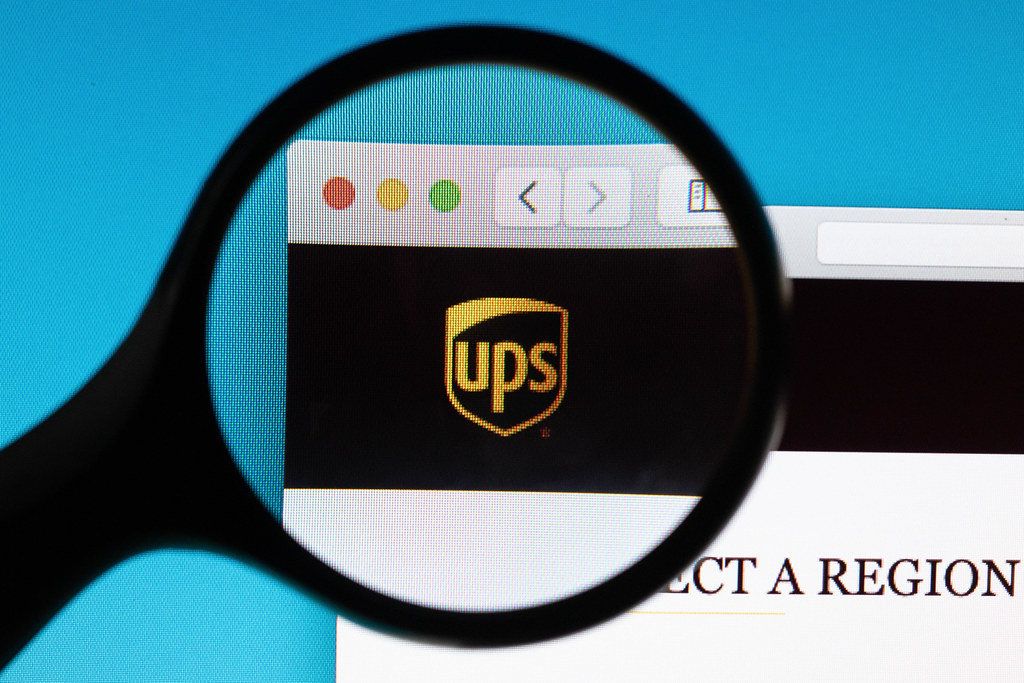
United Parcel Service (UPS) revealed plans on Tuesday to lay off 20,000 workers and close 73 facilities as part of a major reorganization. This move comes as the company scales back its shipping volume for Amazon.com, its biggest customer, and seeks to improve efficiency and reduce costs.
A UPS spokesperson said the reduction was primarily due to the decision to cut Amazon deliveries by half, alongside broader efforts to streamline operations and manage expenses more effectively.
Amazon responded by noting that UPS requested the volume decrease to meet its own operational needs, a decision Amazon respects.
The announcement arrives as economic uncertainty grows, fueled in part by U.S. tariffs imposed under former President Donald Trump, which have disrupted global trade and raised fears of a looming recession.
Sean O’Brien, president of the Teamsters union, emphasized that UPS is still contractually required to add 30,000 jobs under its current national agreement. He warned that any attempt by UPS to cut union jobs or violate labor terms would be met with strong resistance.
UPS assured that it intends to comply with its labor obligations. As per its most recent filings, the company has a U.S. workforce of approximately 406,000 employees, more than 75% of whom are unionized.
During an earnings call, CEO Carol Tomé highlighted the scale of the global trade challenges, remarking that the current situation is among the most disruptive in over a century.
As the world’s leading package delivery company, UPS plays a critical role across many industries and is often seen as an indicator of global economic health. Its main competitor, FedEx, had already reported signs of a slowdown earlier this year.
To protect its bottom line, UPS aims to reduce costs by $3.5 billion by 2025 through these workforce and facility cuts. The company also noted that much of the Amazon volume being eliminated involved low-margin deliveries, particularly from fulfillment centers.
Looking ahead to the second quarter, UPS forecasts an operating margin of around 9.3%, below the double-digit margins typically favored by investors. The company’s primary U.S. business segment is expected to see a 9% drop in average daily package volume and a slight decrease in revenue.